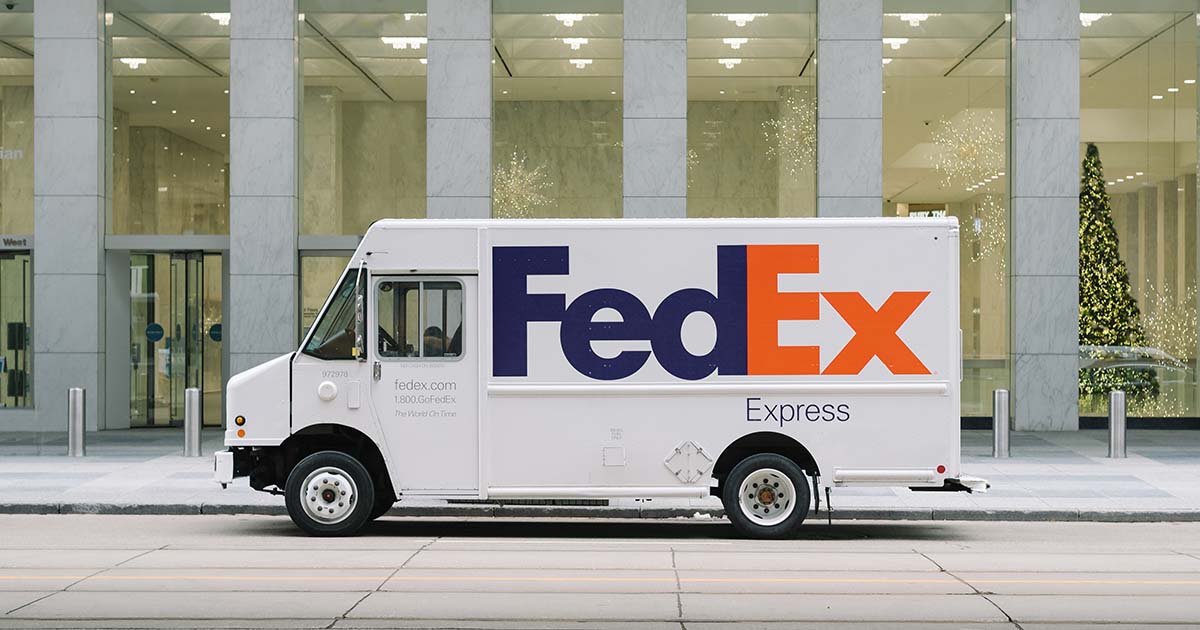FedEx Additional Handling: What is it and how is it affecting me?
As most people reading this article already know, small parcel carriers tack-on a number of additional surcharges on top of the rates charged to ship packages. In a review of nearly 5 million packages across a sampling of our clients, surcharges amounted to an average of ~30% of the clients’ small parcel bills – and the surcharges get more expensive every year. Additional Handling is no different and, in this article, we will address what the charge is, what it looks like on your bill, how it is changing this year, and how clients can mitigate it’s impact.
Essentially, Additional Handling charges are assessed when packages did not conform to FedEx’s pre-determined characteristics. Since FedEx is making the rules, the questions that need to be asked are: How much are these fees and how can we reduce them?
For starters, lets take a look at the chart below to see what has recently changed and what FedEx is charging.
Effective January 24, 2022, the fee for Additional Handling Surcharge depends on the zone to which a package is sent. Here’s how it works:
How does FedEx determine whether or not to charge for Additional Handling? Good question, here’s how that works:
(Dimension)
1. Measures greater than 48 inches along the longest side.
2. Measures greater than 30 inches along the second longest side.
3. Or the package is greater than 105 inches in length and girth — the length and girth is length plus (two times the height) plus (two times the width)
(Weight)
4. Actual weight greater than 50 lbs.
§ (U.S. Express & Ground Services)
· Actual weight greater than 70 lbs.
§ (International Express & Ground Services)
(Packing)
“Non-standard” packaging which includes any package that:
1. Isn’t fully encased in an outer shipping container,
2. Encased in an outer shipping container not made of cardboard,
3. Covered in shrink or stretch wrap,
4. Encased in a soft-sided pack (poly bags or bubble mailer) longer than 18 inches or 13 inches along its second-longest side or 5 inches in height,
5. Cylindrical,
6. Bound with metal, plastic or cloth banding, or has wheels, casters, handles, or straps, or
7. Could become entangled or cause damage to other packages or FedEx equipment.
OK, this is all good information? Now, how can I avoid paying this charge?
The first place to start, in our view, is visibility. It’s important to understand how these fees impact your organization to then devise a meaningful spend management program. ParcelLogix offers just the analytics and reporting platform to allow our clients to see how much of an impact Additional Handling (and all other) fees impact their shipping spend.
Armed with that information, companies can best approach FedEx with a request for cost reduction. Many companies have this cost reduced by 25%-75% during a contract negotiation and the ParcelLogix team, having negotiated thousands of contracts and overseeing greater than $34 BILLION in transportation spend, can help get you there.
Another alternative is to re-define how Additional Handling is applied to your account. For example, alter the FedEx agreement to increase the actual weight limit to 54 or 56 pounds if your company has a product over the limit. This limits the number of shipments that incur the fee. The same can be done with the length parameters as outlined above.
There are so many moving pieces in a small parcel carrier agreement and Additional Handling is just one of them. Contact the small parcel professionals at ParcelLogix to analyze how this (and all other) fees are impacting your bottom line. Our initial analysis is free, and we are confident it will be as enlightening as it is valuable.
Reach out below to get started. We look forward to hearing from you.
|




